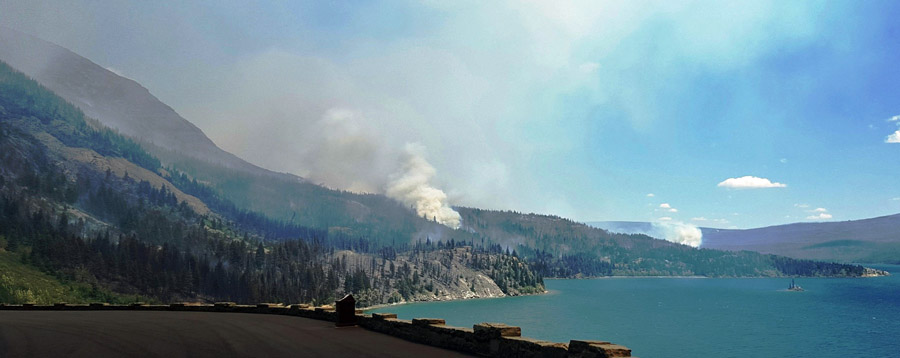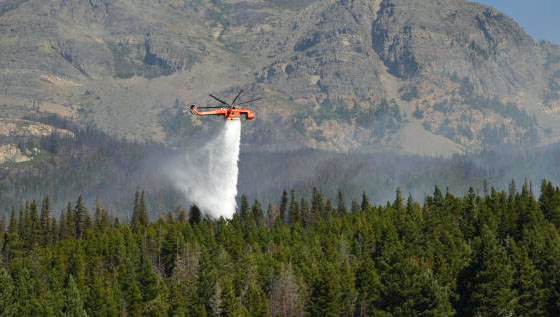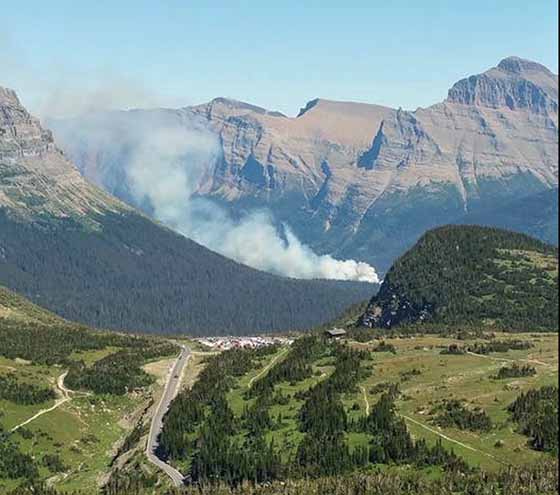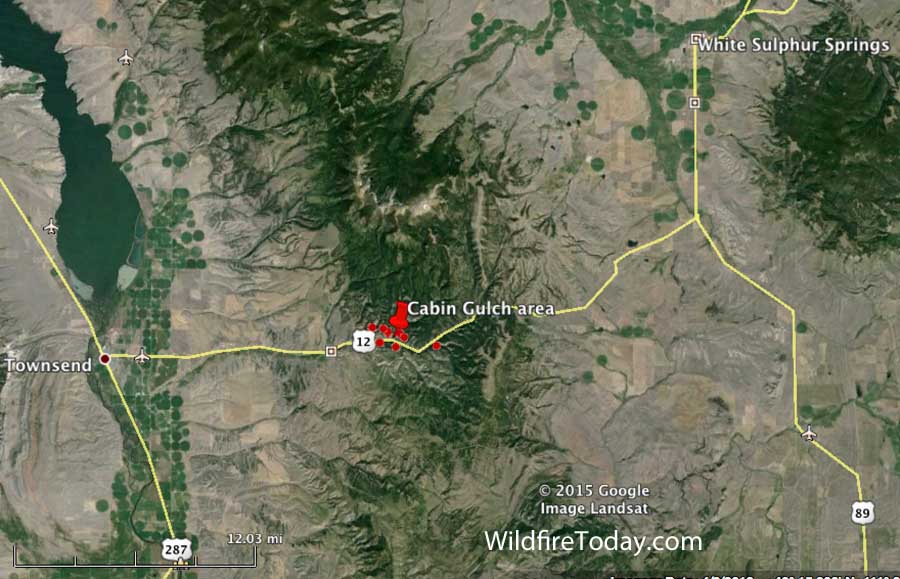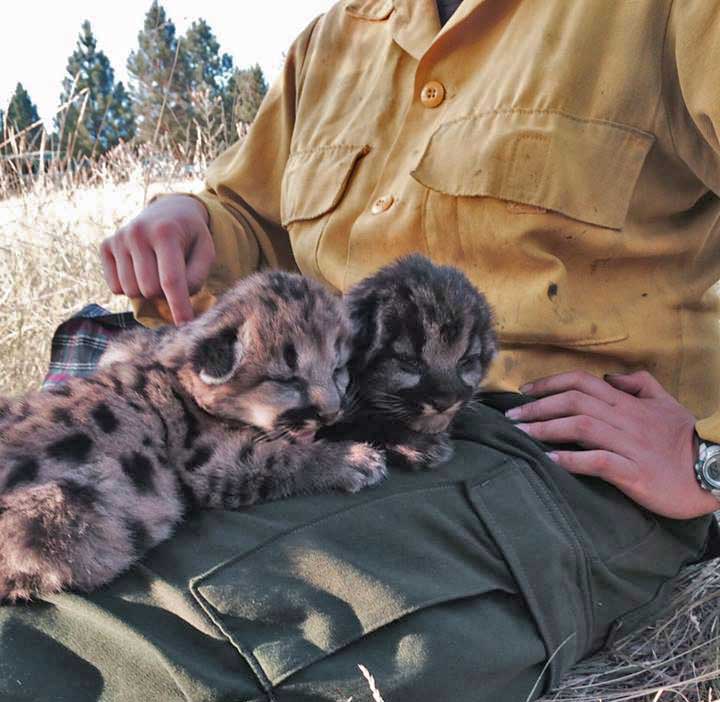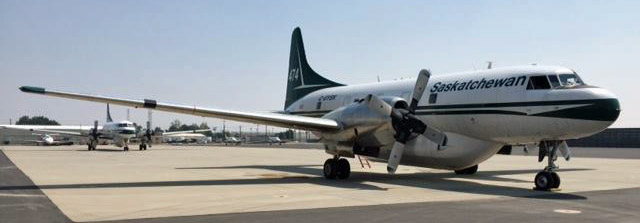
As a result of intense thunderstorm activity last week with little or no rain, wildfire activity has developed significantly recently in Montana and northern Idaho, part of the Northern Rockies Geographic Area.
Resources in the area are stretched thin. All of their Type 1 and Type 2 Incident Management Teams are committed to fires. Multiple fires are being combined into “complexes” run by one IMT.
To help mitigate the situaion, the following Canadian assets have been assigned to the Northern Rockies Geographic Area: five 20-person Type 1 crews; one Fire Behavior Analyst; 20 smokejumpers; and three CV580 air tankers.
Below are excerpts from a report issued by the Northern Rockies Coordinating Group:
“…The Northern Rockies Coordination Center is reporting 30 large fires, many of which are multi-fire complexes, with incident management teams managing multiple fires. This number does not include many smaller fires managed locally. The largest single fire, the Thompson Fire in Glacier National Park, is 13,680 acres. The largest complex of fires is the Clearwater Complex at more than 43,000 acres in Idaho. Not included in the overall tally are smaller fires that are being staffed with local responders and an immense workload related to initial attack for new fire starts. Combine that with the demands for resources around the nation and it’s a challenging proposition for fire managers.
The challenge will be to allocate resources – aircraft, crews, engines and heavy equipment with proper supervision – to the existing fires, and still maintain capacity to quickly respond to new fires. Additionally, the Northern Rockies Coordinating Group will have the task of prioritizing the needs for all incidents and allocating a limited number of resources – requests for which exceed what’s currently available.
If there’s good news amidst the flurry of fire activity, it’s that additional help from the Montana Air National Guard as well as from Canada have arrived and are available for assignment. The Guard became available after Montana Governor Steve Bullock’s Emergency Declaration over the weekend. Similar declarations have been made for several counties in Idaho. The Canadian resources are available through an agreement between the USDA Forest Service, Montana, Idaho and several western states and Canadian provinces.
Firefighters will also catch a break with a favorable weather forecast for most of the week, though there will be an increase in westerly winds on Friday. Fortunately, this will be followed by cooler temperatures and higher humidities in the weekend.”




